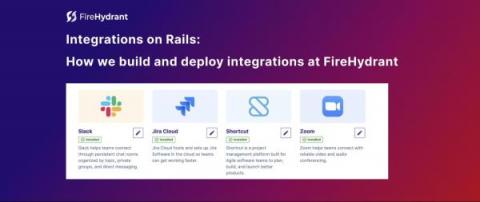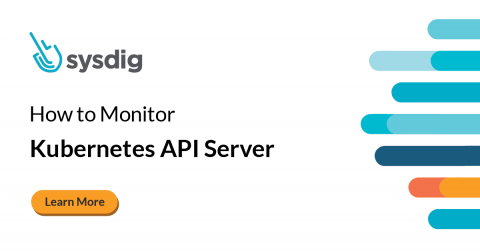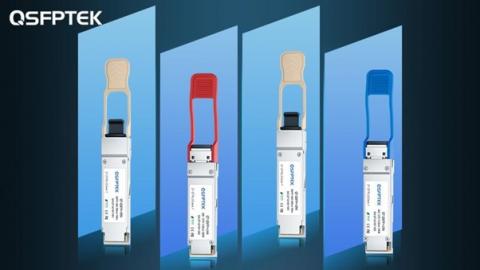Operations | Monitoring | ITSM | DevOps | Cloud
Latest Posts
What is SD-WAN technology, and how does it work?
What is Supply Chain Choreography, and Why Should You Care?
The path to production has long been a space of custom pipelines, continuous integration (CI) sprawl, manual intervention, and tribal knowledge. Surely, there must be a better way? Something loosely coupled, more flexible, less error-prone, and doesn’t need deep integration with the tooling it controls. These goals motivated us to create Cartographer, our open source supply chain choreographer.
How to observe OpenTelemetry demo app in AppDynamics Cloud
Here's how to configure the OpenTelemetry Community Demo application to send telemetry data to AppDynamics Cloud.
Is a multicloud strategy right for your organization?
For the last few years, many development teams have replaced traditional data centers with cloud-hosted infrastructure. Cloud adoption continues to grow, and teams are updating applications to leverage cloud-based services. But for many organizations, adopting a single cloud provider to host all their applications and data can put their business at risk. To reduce these risks, some organizations are distributing resources across multiple cloud providers in a specifically designed way.
Integrations on Rails: How we build and deploy integrations at FireHydrant
Implementing integrations without a mountain of technical debt can be challenging. But it doesn’t have to be all bugs, burn out, and outages when shipping integrations at a high volume. We’ve unlocked a pattern at FireHydrant to rapidly build and release integrations without swiping the technical debt credit card each time — and that gave us a fastlane to building premier integrations.
How to design a microservices architecture with Docker containers
How to Monitor Kubernetes API Server
Content Learning how to monitor the Kubernetes API server is crucial when running cloud-native applications in Kubernetes environments. The Kubernetes API server can be considered as the front end of the Kubernetes control plane. Any interaction or request from users or internal Kubernetes components with the control plane go through this component. Ensuring you monitor the Kubernetes API server properly is of vital importance to ensure your Kubernetes cluster works as expected.











